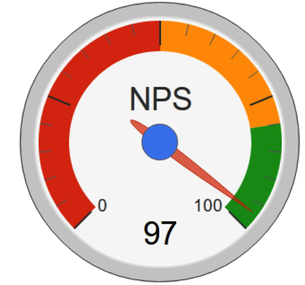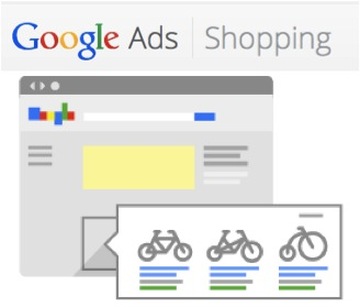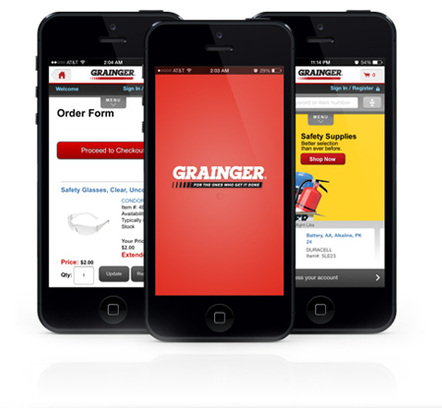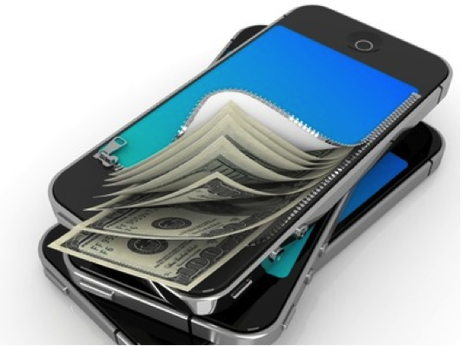
Before I jump into a list of interview questions that I believe can help assess the competencies of a Demand Gen marketer, I’d like to preface with some general thoughts on what Demand Generation is. Many people think of Demand Generation as a sub-function within B2B marketing and relegate it to a sub-team within the marketing organization. But, in actuality, Demand Gen is B2B marketing.
The new terms “Demand Gen.”, “Revenue Marketing”, “Demand Marketing”, “Lead Generation”, “Demand Creation” or “Growth Hacker” were coined to highlight the new imperative and expectations required of marketing campaigns and the corporate marketing team. Whereas marketing was traditionally seen as support function and cost center, its new mandate is now to drive growth and scale revenue. And this shift of marketing responsibility needed new language, hence the birth of all of these new titles.
So what does this mean for marketing teams and landing top talent? Whether a B2B marketer is working on defining the brand, the messaging, developing new sales collateral, doing a video shoot, creating content, organizing an event, talking with analysts, writing a press release, or planning a go-to-market strategy, in the end, all of these activities work toward the same goal: demand creation and sales pipeline generation. So if a company wants its marketing department to help drive sales, it needs to recruit marketers with a Demand Generation mindset.
In my experience, B2B marketers themselves understand the need to catch up with this new skillset; some embrace the change, some fear it, some put up with it, some hire ‘Demand Gen’ specialists to make up for the gap and some adapt this new mindset fully. You want to hire the latter.
In my opinion, the interview questions listed below apply as much to the CMO or VP marketing as to the head of demand generation or, in actuality, any B2B marketing leadership position.
MARKETING ANALYTICS
These questions are meant to gauge how in control the marketing leader is of his marketing funnel and his impact on the corporate growth.
- Keeping it high level, can you describe the lead management process at your current company; how did you model the marketing funnel, what are its different stages, and how is the hand off to the sales team (field, inside sales, SDR etc.) ?
- What’s the conversion rate from marketing/automated generated lead to opportunity/sales qualified lead? And where in your marketing funnel do you think there is opportunity for improvement?
- Do you measure your marketing sourced pipeline? If so, how much of the pipeline is the marketing team generating a month, and what percent of the sales pipeline does this represent?
- How much time does it takes on average for a marketing qualified lead to convert into an opportunity or sales qualified lead? How do you work with the sales team and inside sales team? How compliant are they with the SLA? What feedback do they have on the process?
- What’s your cost per opportunity ?
- How big is your marketing database? How many active contacts do you have?
CAMPAIGN DESIGN & EXECUTION
As you can see, these questions are meant to assess the marketing leader strategic thinking, and how he/she might translate the strategic vision into tactical execution day to day for you.
- How do you think about campaigns? What’s your framework in developing campaigns? What are some the main/overarching campaigns running currently at your company?
- Can you describe your marketing campaign planning process?
- How is your team at your current company organized and why?
- How do you build your marketing budget and allocate marketing mix?
- What are your target customer segments?
- How do you set goals for you, your team, and team members, and what do these goals look like?










 RSS Feed
RSS Feed